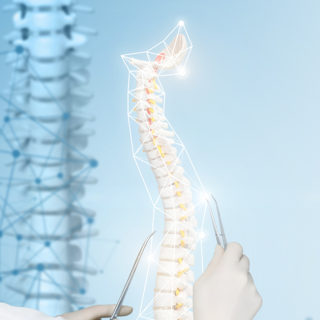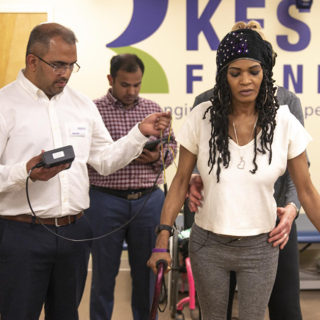Three weeks after having his Epidural Stimulation Procedure Steven Edge, from Australia, was able to exercise on the treadmill, something that is undoubtedly a big achievement. This is after mastering how to walk using parallel bars.
Part of his rehabilitation focused on core work, posture and taking steps. This is crucial as the mobility of an individual, once they suffer a Spinal Cord Injury, suffers greatly.
[embedyt] http://www.youtube.com/watch?v=HH81UqeHZu8[/embedyt]
Spinal Cord Injuries
A common misconception is that a Spinal Cord Injury means the spinal cord has to be severed in order for a loss of function to occur. In fact, most people who have sustained a SCI, the spinal cord is bruised and intact.
The spinal cord and the brain together make up the central nervous system (CNS). The spinal cord coordinates the body’s movement and sensation. Therefore, an injured cord loses the ability to send and receive messages from the brain to the body’s systems that control sensory, motor, and autonomic function below the level of injury. Often, this results in some level of paralysis.
Spinal cord injury is an age-old problem, but it wasn’t until the 1940s that the prognosis for long-term survival was very optimistic. Prior to World War II, people routinely died of infections to the urinary tract, lungs, or skin. SCI went from a death sentence to a manageable condition. Nowadays, people with spinal cord injury approach the full life span of non-disabled individuals.
Steven, confident and enthusiastic, expressed that the treatments definitely help him to progress, and that for now, the focus is on “one leg at a time.”
Although the rehabilitation has been difficult, Steven, with a smile, says that it’s been good and seems to be taking on the challenge with a lot of determination.
We wish Steven all the very best in his recovery as well as his future!
If you would like to talk to us about Spinal Cord Injuries, please do not hesitate to contact us. Our Patient Representatives are available for you.














